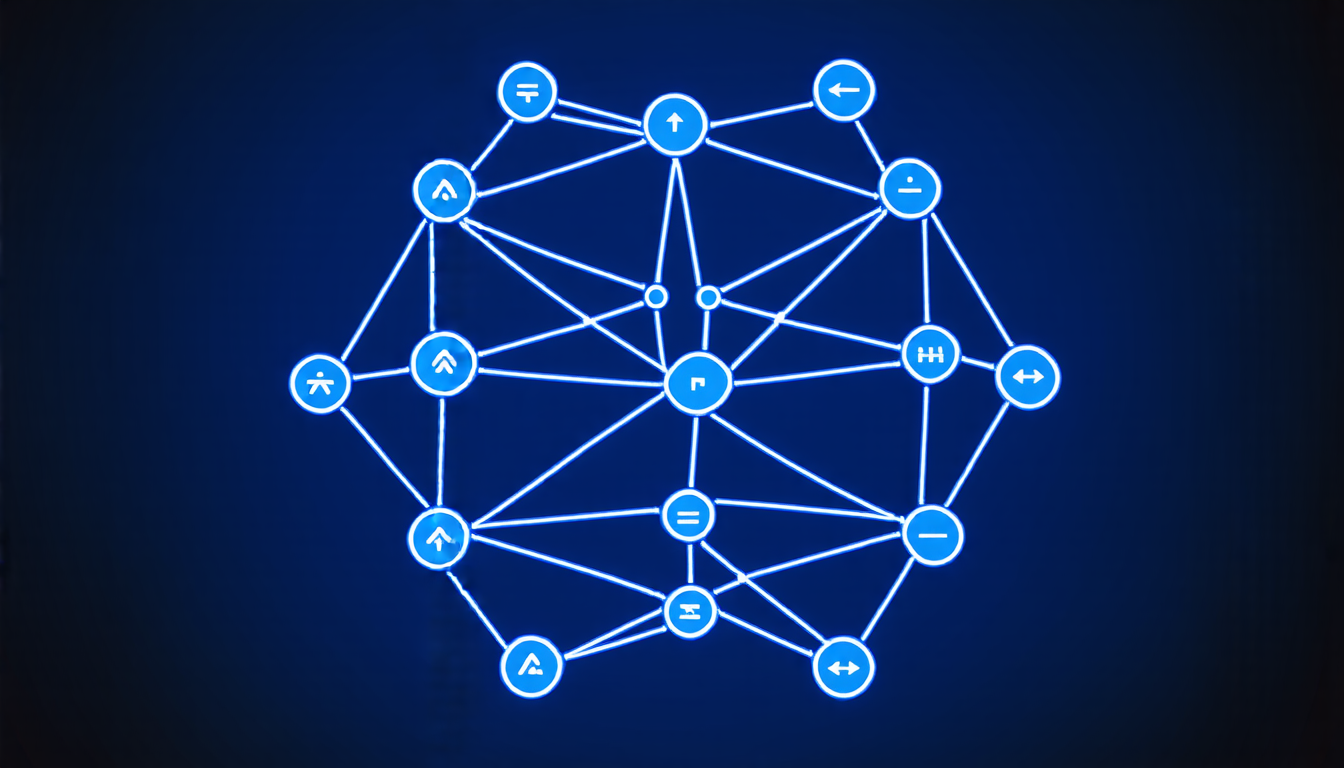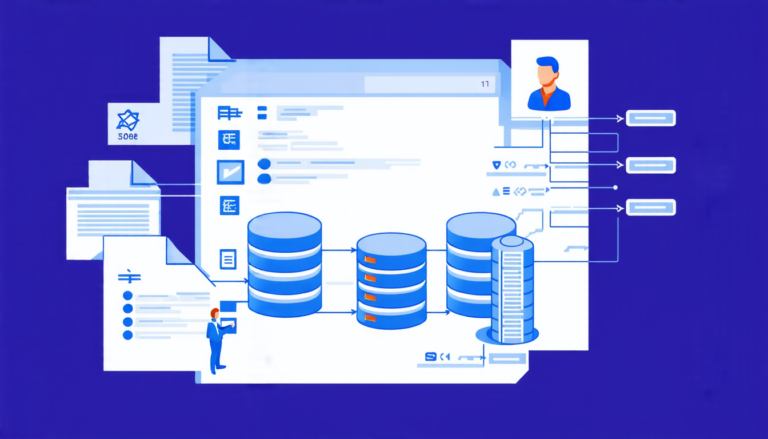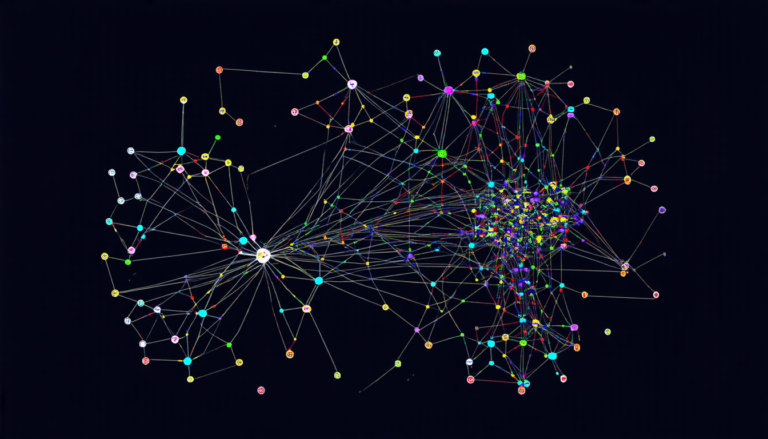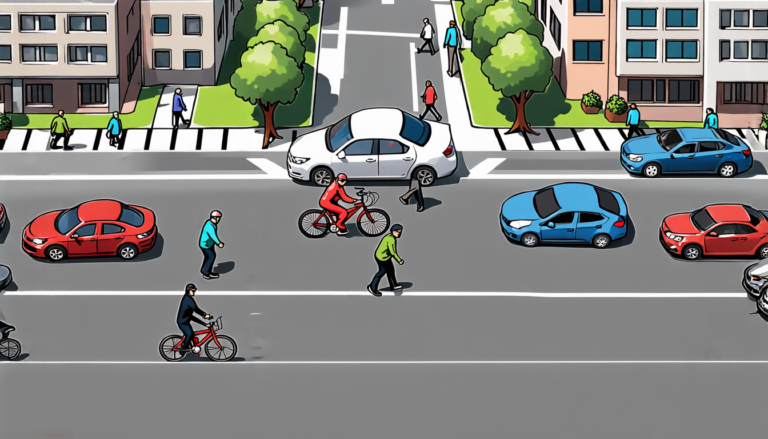Wednesday 09 April 2025
A team of researchers has made significant strides in developing a neural network-based system for clause selection in automated theorem proving, a notoriously challenging problem that has stumped AI experts for decades.
The goal of automated theorem proving is to use algorithms to prove mathematical statements automatically, without human intervention. One of the key challenges in achieving this goal is selecting which clauses to focus on during the proof process. Clause selection is a critical step because it determines which parts of the proof to explore and which to ignore.
Traditional approaches to clause selection rely on heuristics and rules-based systems, but these have limitations. They can become stuck in local optima, fail to consider relevant clauses, or require significant human tuning.
The researchers’ approach uses a neural network to learn from successful proof attempts and adapt its strategy over time. The network is trained using a large dataset of mathematical problems and their corresponding solutions. By analyzing the dataset, the network learns which clauses are most likely to lead to a proof and how to select them effectively.
One of the key innovations in this approach is the use of a graph neural network (GNN) to process the complex graph structures that arise from the mathematical problems. The GNN allows the network to learn about relationships between clauses, such as which ones are likely to be used together or which ones contradict each other.
The researchers also developed two specialized recurrent neural networks (RvNNs), one for processing age information and another for processing weight information. These RvNNs allow the network to capture long-range dependencies in the clause selection process and to adapt its strategy over time.
The results of the experiments are impressive, with the neural network-based system outperforming traditional approaches on a range of mathematical problems. The researchers also demonstrated that their approach can be used to improve the performance of existing automated theorem proving systems.
The implications of this work are significant, as it could potentially enable the development of more powerful and flexible automated theorem proving systems. These systems could have important applications in areas such as computer science, mathematics, and physics, where they could help researchers prove complex mathematical statements and gain new insights into fundamental laws of nature.
Overall, this research represents an important advance in the field of automated theorem proving, and it has significant potential for real-world applications.
Cite this article: “Neural Clause Selection: A Novel Approach to Automated Theorem Proving”, The Science Archive, 2025.
Artificial Intelligence, Automated Theorem Proving, Neural Networks, Graph Neural Network, Recurrent Neural Networks, Clause Selection, Mathematical Problems, Proof Process, Computer Science, Mathematics, Physics.
Reference: Martin Suda, “Efficient Neural Clause-Selection Reinforcement” (2025).







